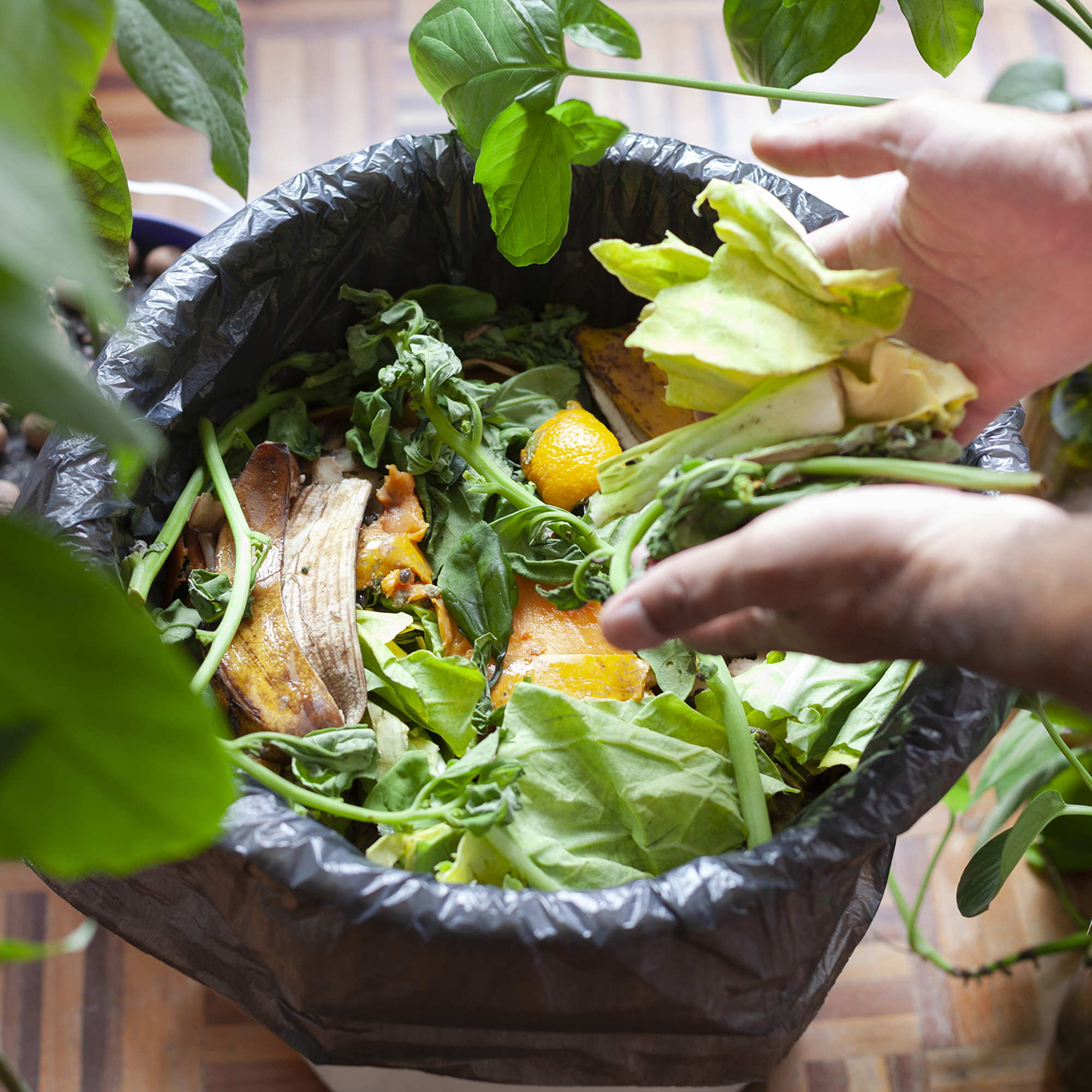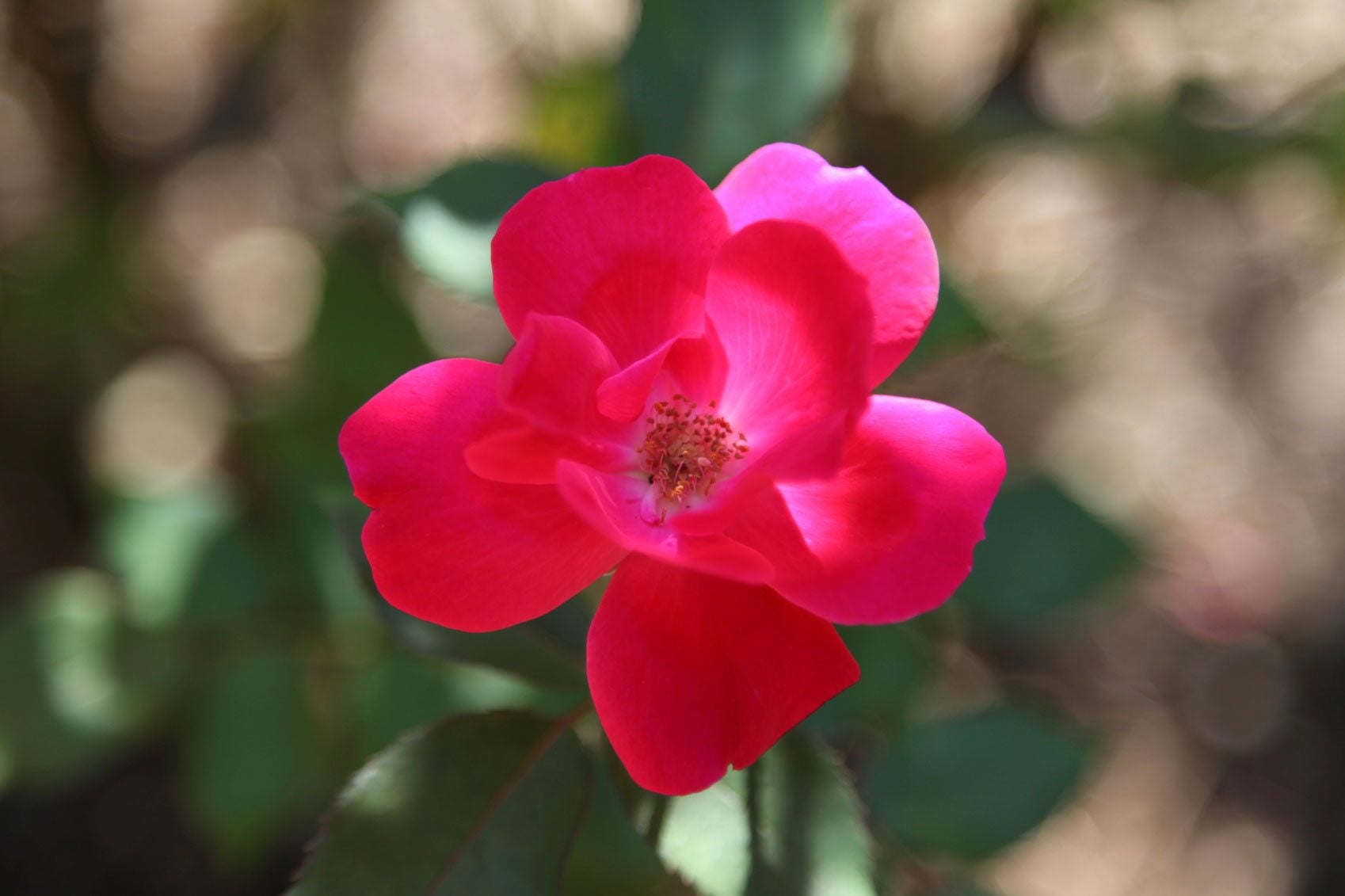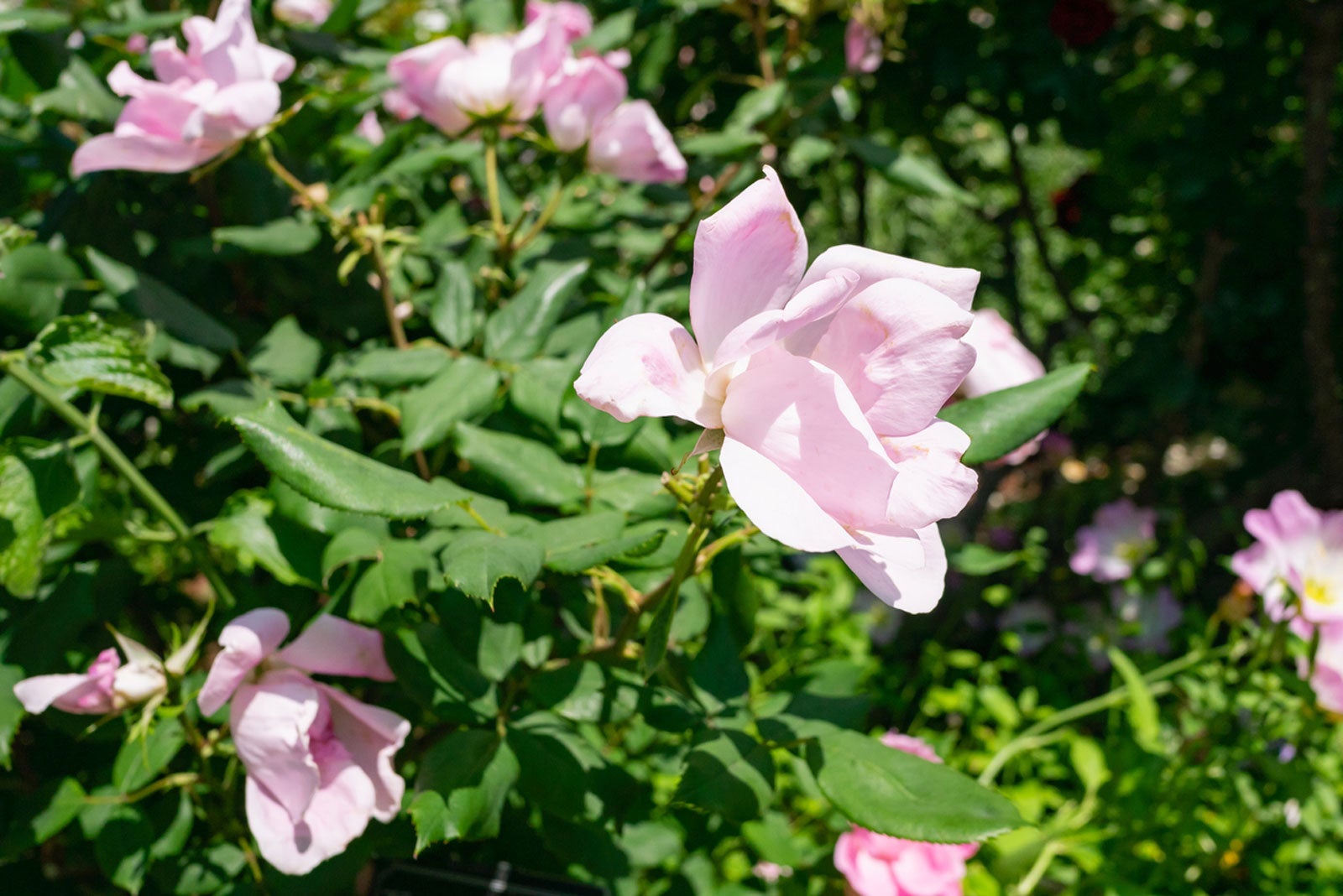Spindly Knockout Roses: Pruning Knockout Roses That Have Gone Leggy


Knockout roses have the reputation of being the easiest care, lush roses in a garden. Some call them the best landscape roses on the planet. Given this praise, you are sure to be upset if your knockout roses are spindly rather than full. Leggy knockout roses are easily transformed by pruning, as long as you do it right. Read on for information on how to prune knockout roses.
Spindly Knockout Roses
Knockout roses really are great plants that bloom repeatedly without much maintenance. You don’t even need to deadhead the blooms when they fade.
"Low care" does not mean "no care" though. If you’ve been ignoring all maintenance, it’s little wonder that you have spindly knockout roses instead of compact bushes filled with flowers. The key to getting bushier knockout roses is seasonal pruning.
Pruning Leggy Knockout Roses
It’s natural to want your knockout roses to be healthy and vital plants. You don’t have to invest a whole lot of time to have bushier knockout roses either, usually just an annual pruning that removes dead or diseased branches and reduces height, if that is an issue.
Knockout roses bloom on new growth, not old growth. This means that generally, you can prune it whenever you like without ruining the season's flowers. Although, the best time to do your most extensive pruning is in late winter or early spring because the plant will still produce new growth before bloom season.
How to Prune Knockout Roses
If your knockout roses are spindly, you may need to do a rejuvenation or renovation pruning the first year rather than just an annual pruning. Don’t go overboard and take all of those leggy stems down to a few inches (8 cm.). This type of major pruning for leggy knockout roses should be done over three years. In the end, you will have bushier knockout roses.
Are you wondering exactly how to prune knockout roses for rejuvenation? You’ll need sharp, sterilized pruners and garden gloves to get started. Identify about one-third of the stems that seem the oldest and cut those back to ground level the first spring. A year later, do the same thing with half of the stems you didn’t cut the first year, finishing up with the rejuvenation pruning the third year.
Gardening tips, videos, info and more delivered right to your inbox!
Sign up for the Gardening Know How newsletter today and receive a free copy of our e-book "How to Grow Delicious Tomatoes".

Teo Spengler is a master gardener and a docent at the San Francisco Botanical Garden, where she hosts public tours. She has studied horticulture and written about nature, trees, plants, and gardening for more than two decades. Her extended family includes some 30 houseplants and hundreds of outdoor plants, including 250 trees, which are her main passion. Spengler currently splits her life between San Francisco and the French Basque Country, though she was raised in Alaska, giving her experience of gardening in a range of climates.
-
 Try The Trend – Turn Any Bed Into A Keyhole Garden With This Clever In-Ground Composter
Try The Trend – Turn Any Bed Into A Keyhole Garden With This Clever In-Ground ComposterKeyhole gardening is an efficient and sustainable practice that saves space. Get started on this DIY project quickly and easily with an in-ground composter.
By Bonnie L. Grant
-
 4 Superfast Composting Methods: Turn Waste Into Garden Gold In 30 Days Or Less
4 Superfast Composting Methods: Turn Waste Into Garden Gold In 30 Days Or LessTry the fastest composting methods to turbocharge your pile and transform kitchen scraps and garden waste into finished compost in just a few weeks.
By Mary Ellen Ellis
-
 Brown Spots On Knockout Rose Bush: Reasons For Knockout Roses Turning Brown
Brown Spots On Knockout Rose Bush: Reasons For Knockout Roses Turning BrownThe knockout rose is quite beautiful, but knockouts with brown leaves can be concerning. Learn the reasons for this here.
By Tonya Barnett
-
 Potted Knock Out Rose Care: How To Grow Knock Out Roses In Containers
Potted Knock Out Rose Care: How To Grow Knock Out Roses In ContainersIt’s easy to understand why Knock Out roses are so popular. They’re easy care, disease resistant, and bloom all summer. Although they are often grown in the ground, container grown Knock Out roses do just as well. Learn how to grow Knock Out roses in containers here.
By Mary H. Dyer
-
 Knock Out Roses Won’t Bloom – How To Get Knock Out Roses To Bloom
Knock Out Roses Won’t Bloom – How To Get Knock Out Roses To BloomIt is cause for major frustration when roses do not bloom in the garden. Knock Out rosebushes are no different when it comes to this frustration. There are several reasons why these roses may not bloom. This article has more information.
By Stan V. Griep
-
 Yellow Knock Out Rose Leaves: What Makes Rose Leaves Turn Yellow
Yellow Knock Out Rose Leaves: What Makes Rose Leaves Turn YellowThe yellowing of leaves on a Knock Out rose bush can mean something is not right with its health and well-being. It can also be a normal occurrence for the bush. We need to check things out to determine which signal the rose is sending us. This article will help.
By Stan V. Griep
-
 Why Do My Knock Out Rose Bushes Have Rose Rosette?
Why Do My Knock Out Rose Bushes Have Rose Rosette?There was a time when it appeared that Knock Out roses were immune to the Rose Rosette virus. However, this virus has been found in these roses for some time now. Learn more about what to do for Knock Out roses with Rose Rosette here.
By Stan V. Griep
-
 Common Knock Out Rose Problems: Diseases Of Knock Out Roses
Common Knock Out Rose Problems: Diseases Of Knock Out RosesKnock Out rose bushes are known for being disease resistant and nearly carefree. However, even these rose bushes can succumb to some of the same diseases that plaque other rose bushes. Learn more about these potential problems here.
By Stan V. Griep
-
 How To Prune Knock Out Roses
How To Prune Knock Out RosesOne thing to keep in mind about Knock Out rose bushes is that they are very quick growing. A common question is "do I need to prune Knock Out roses?" Read here to look at what goes into pruning Knock Out roses.
By Stan V. Griep
-
 How To Take Care Of Knock Out Roses
How To Take Care Of Knock Out RosesThe Knock Out rose bush is one of the most popular roses in North America. Look at how to care for Knock Out roses in this article. Soon they will be just as popular in your garden.
By Stan V. Griep